Md. Haider Ali
Deblurring in the Wild: A Real-World Dataset from Smartphone High-Speed Videos
Jun 24, 2025Abstract:We introduce the largest real-world image deblurring dataset constructed from smartphone slow-motion videos. Using 240 frames captured over one second, we simulate realistic long-exposure blur by averaging frames to produce blurry images, while using the temporally centered frame as the sharp reference. Our dataset contains over 42,000 high-resolution blur-sharp image pairs, making it approximately 10 times larger than widely used datasets, with 8 times the amount of different scenes, including indoor and outdoor environments, with varying object and camera motions. We benchmark multiple state-of-the-art (SOTA) deblurring models on our dataset and observe significant performance degradation, highlighting the complexity and diversity of our benchmark. Our dataset serves as a challenging new benchmark to facilitate robust and generalizable deblurring models.
Blind Image Deblurring using FFT-ReLU with Deep Learning Pipeline Integration
Jun 12, 2024
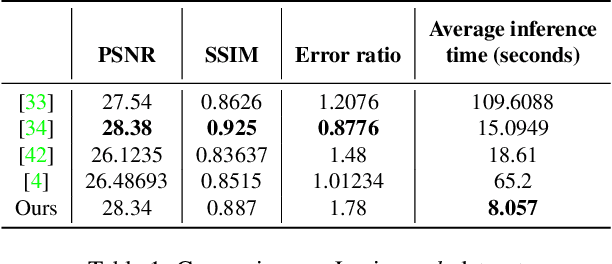
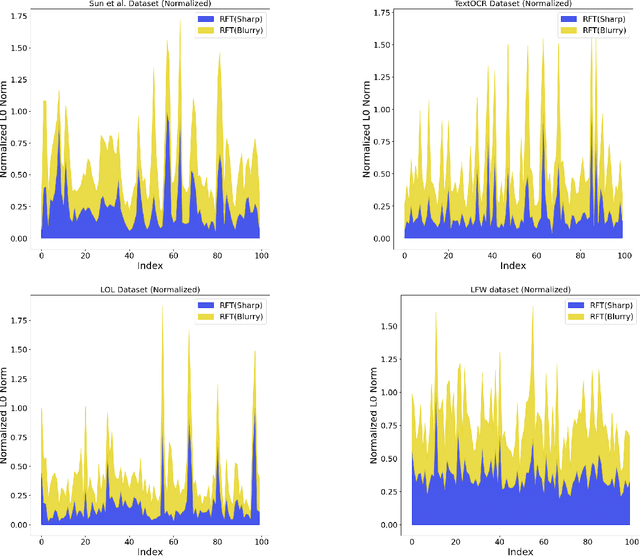
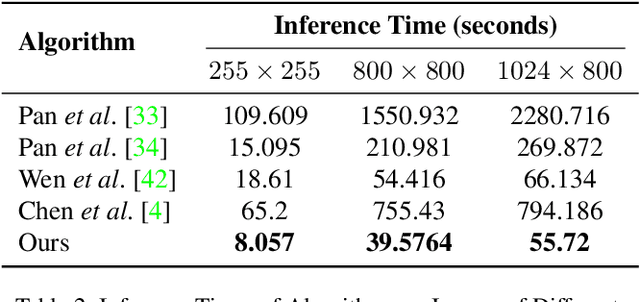
Abstract:Blind image deblurring is the process of deriving a sharp image and a blur kernel from a blurred image. Blurry images are typically modeled as the convolution of a sharp image with a blur kernel, necessitating the estimation of the unknown blur kernel to perform blind image deblurring effectively. Existing approaches primarily focus on domain-specific features of images, such as salient edges, dark channels, and light streaks. These features serve as probabilistic priors to enhance the estimation of the blur kernel. For improved generality, we propose a novel prior (ReLU sparsity prior) that estimates blur kernel effectively across all distributions of images (natural, facial, text, low-light, saturated etc). Our approach demonstrates superior efficiency, with inference times up to three times faster, while maintaining high accuracy in PSNR, SSIM, and error ratio metrics. We also observe noticeable improvement in the performance of the state-of-the-art architectures (in terms of aforementioned metrics) in deep learning based approaches when our method is used as a post-processing unit.
Plant Disease Detection using Region-Based Convolutional Neural Network
Mar 16, 2023Abstract:Agriculture plays an important role in the food and economy of Bangladesh. The rapid growth of population over the years also has increased the demand for food production. One of the major reasons behind low crop production is numerous bacteria, virus and fungal plant diseases. Early detection of plant diseases and proper usage of pesticides and fertilizers are vital for preventing the diseases and boost the yield. Most of the farmers use generalized pesticides and fertilizers in the entire fields without specifically knowing the condition of the plants. Thus the production cost oftentimes increases, and, not only that, sometimes this becomes detrimental to the yield. Deep Learning models are found to be very effective to automatically detect plant diseases from images of plants, thereby reducing the need for human specialists. This paper aims at building a lightweight deep learning model for predicting leaf disease in tomato plants. By modifying the region-based convolutional neural network, we design an efficient and effective model that demonstrates satisfactory empirical performance on a benchmark dataset. Our proposed model can easily be deployed in a larger system where drones take images of leaves and these images will be fed into our model to know the health condition.
A Miniature-Based Image Retrieval System
Aug 19, 2010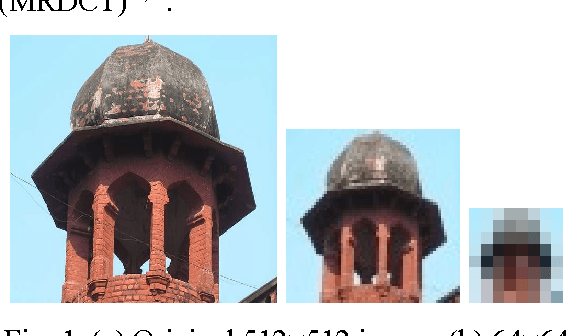
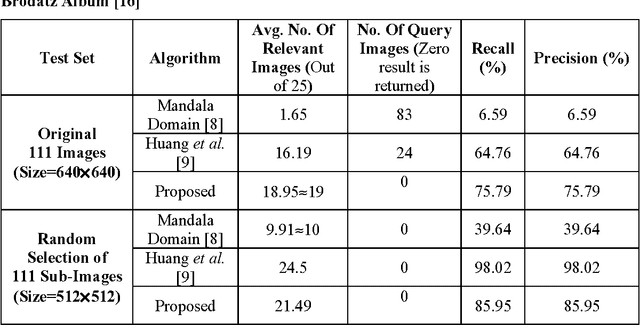
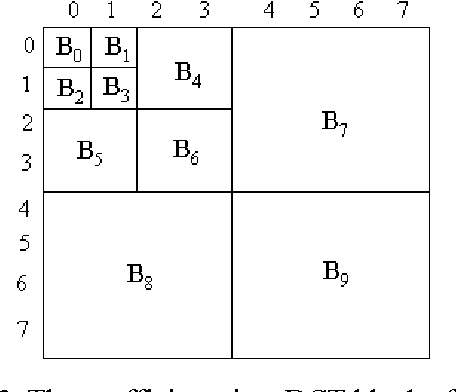

Abstract:Due to the rapid development of World Wide Web (WWW) and imaging technology, more and more images are available in the Internet and stored in databases. Searching the related images by the querying image is becoming tedious and difficult. Most of the images on the web are compressed by methods based on discrete cosine transform (DCT) including Joint Photographic Experts Group(JPEG) and H.261. This paper presents an efficient content-based image indexing technique for searching similar images using discrete cosine transform features. Experimental results demonstrate its superiority with the existing techniques.
* 9 pages, 4 figures, 4 tables
 Add to Chrome
Add to Chrome Add to Firefox
Add to Firefox Add to Edge
Add to Edge